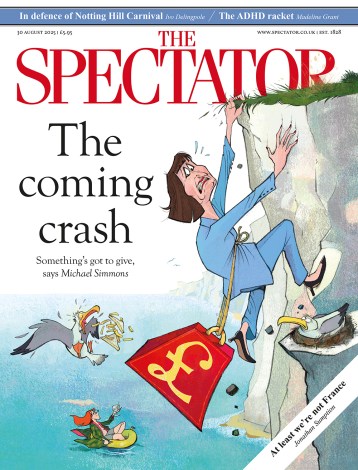Theirs not to reason why
Stanley Milgram was an academic psychologist at Yale who achieved a brief moment of fame in the early 1960s as the creator of ‘obedience experiments’. The idea was to discover how far people will act against their own most basic instincts if they are following someone else’s orders. A large sample of ordinary and superficially decent ‘subjects’ were persuaded to participate in what they believed to be experiments designed to establish the educational value of punishment. They were sat in a glass cubicle next to a room in which an actor pretended to go through a sequence of simple word tests. In front of the ‘subject’ was an impressive looking
